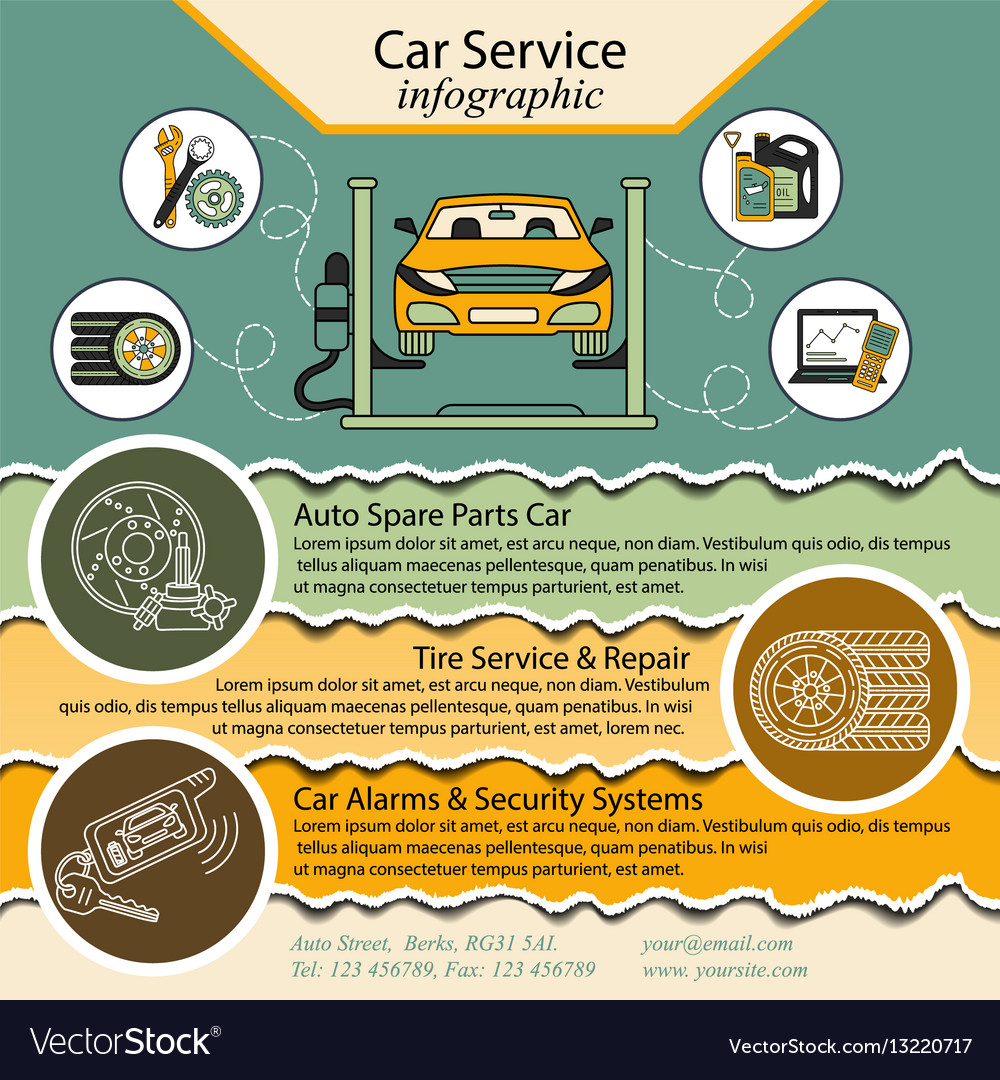Interested In Recognizing The Caution Lights On Your Automobile'S Dashboard? Discover Their Relevance For Your Vehicle'S Safety And Overall Problem
Interested In Recognizing The Caution Lights On Your Automobile'S Dashboard? Discover Their Relevance For Your Vehicle'S Safety And Overall Problem
Blog Article
Published By-Termansen Torres
When you lag the wheel, those glowing warning lights on your control panel can be a bit complicated. Do you understand what they're trying to inform you about your vehicle's health and wellness? Comprehending the relevance of these lights is important for your security and the longevity of your car. So, the next time one of those lights appears, wouldn't you wish to understand its message accurately and take the essential steps to address it?
Common Caution Lights and Interpretations
Determine usual caution lights in your cars and truck and comprehend their significances to make sure secure driving.
The most typical caution lights consist of the check engine light, which signals problems with the engine or emissions system. If this light comes on, it's vital to have your vehicle examined immediately.
The oil stress advising light shows reduced oil pressure, calling for prompt attention to stop engine damage.
A flashing battery light could suggest a damaged billing system, potentially leaving you stranded if not dealt with.
The tire pressure tracking system (TPMS) light alerts you to low tire pressure, impacting automobile security and fuel performance. Ignoring this could lead to hazardous driving conditions.
The abdominal muscle light suggests a problem with the anti-lock braking system, jeopardizing your capability to stop quickly in emergencies.
Last but not least, the coolant temperature advising light warns of engine getting too hot, which can lead to severe damages if not settled promptly.
Comprehending these common caution lights will assist you attend to problems promptly and maintain risk-free driving problems.
Relevance of Prompt Focus
Recognizing the typical warning lights in your cars and truck is just the very first step; the importance of promptly addressing these cautions can't be emphasized enough to guarantee your safety and security when driving.
When https://www.investors.com/news/autozone-stock-and-other-unexpected-winners-in-a-crazy-covid-world-for-retail-car-stocks/ brightens on your control panel, it's your vehicle's means of communicating a possible issue that needs interest. Neglecting car detailing training can bring about much more extreme problems down the road, jeopardizing your security and possibly costing you more in repairs.
Prompt focus to cautioning lights can stop failures and crashes. As an example, a flashing check engine light can indicate a misfire that, if left neglected, can create damage to the catalytic converter. Addressing this promptly can conserve you from an expensive fixing.
Likewise, informative post alerting light could signal reduced brake liquid or used brake pads, essential components for your security when driving.
DIY Troubleshooting Tips
If you observe a warning light on your dashboard, there are a few DIY troubleshooting ideas you can try before seeking specialist aid.
The very first step is to consult your car's handbook to understand what the details warning light shows. Often nzfloatdetailing can be as straightforward as a loosened gas cap triggering the check engine light. Tightening up the gas cap may solve the trouble.
One more usual issue is a low battery, which can activate numerous warning lights. Checking the battery links for rust and ensuring they're protected may fix the issue.
If a warning light continues, you can try resetting it by disconnecting the cars and truck's battery for a couple of minutes and then reconnecting it. Furthermore, checking your automobile's fluid levels, such as oil, coolant, and brake liquid, can assist repair alerting lights related to these systems.
Conclusion
To conclude, comprehending your auto's caution lights is vital for keeping your lorry running smoothly and safely. By quickly attending to these signals and understanding what they imply, you can stay clear of pricey repairs and potential failures.
Remember to consult your car's manual for specific information on each cautioning light and take action appropriately to make sure a trouble-free driving experience.
Remain educated, remain safe when traveling!
